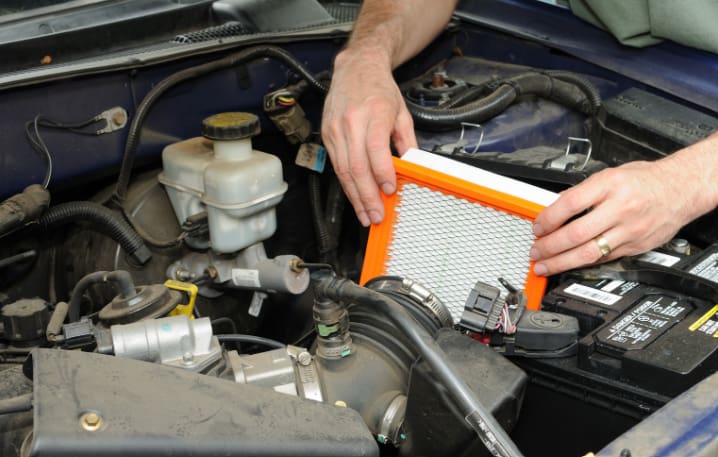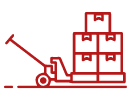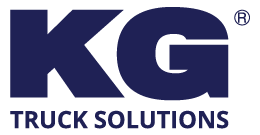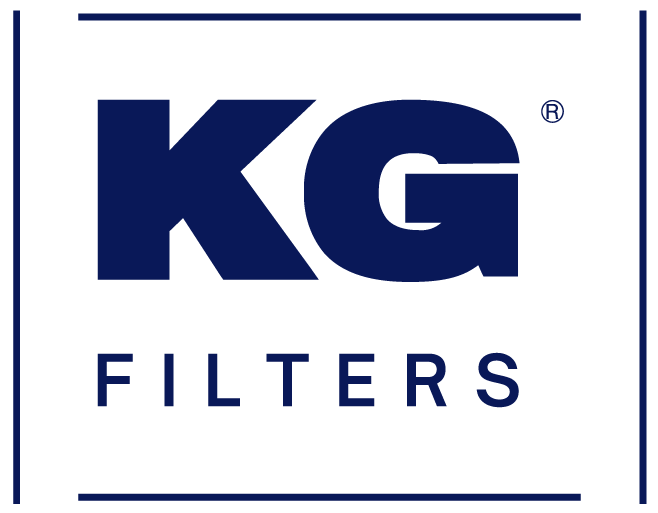Truck maintenance, especially for commercial vehicles, is crucial to ensure longevity, performance, and safety. One of the vital components that require regular attention is the engine air filter. A properly functioning air filter is essential for maintaining optimal engine performance and fuel efficiency. In this blog, we will highlight four common mistakes to avoid when replacing an engine air filter, and provide practical solutions to ensure you do it right every time.
1. Neglecting Regular Air Filter Inspections

The first mistake many truck and fleet owners make is neglecting to perform regular air filter inspections. Dirty or clogged air filters can severely impact engine performance and fuel economy. Over time, contaminants like dust, dirt, and debris accumulate, restricting airflow to the engine. This results in poor combustion and can lead to increased fuel consumption, reduced power, and even engine damage.
The Solution
Establish a routine maintenance schedule that includes regular inspections of the air filter. Refer to your truck’s manual for manufacturer recommendations on inspection intervals, but a good rule of thumb is to check the air filter every 12,000 to 15,000 miles. Additionally, inspect the filter more frequently if operating in dusty or harsh environments.
2. Using the Wrong Filter Type

Using an incorrect air filter type can lead to inadequate filtration or improper fitment, both of which can harm engine performance. With numerous options available in the market, it is essential to choose the right one tailored to the specifications concerning your truck.
The Solution
Consult with reputable suppliers such as KG International for high-quality air filters designed for heavy-duty trucks. Their product range and expertise can guide you in selecting the correct filter for your vehicle. Always refer to your truck’s manual or consult with a professional mechanic to ensure compatibility. Utilizing OEM (Original Equipment Manufacturer) or high-quality aftermarket filters guarantees optimal performance and fitment.
3. Improper Installation of the New Filter

Even the right filter can fail to perform adequately if not correctly installed. Common installation mistakes include not securing the filter housing properly, leaving gaps through which unfiltered air can enter, or installing the filter in the wrong orientation. These errors can lead to increased wear and tear on the engine components, potentially causing significant damage over time.
The Solution
Carefully follow the manufacturer instructions for filter installation. We have prepared a step-by-step guide to help ensure a correct installation:
- Locate the Air Filter Housing: Typically found near the top of the engine.
- Remove the Old Filter: Open the housing and take out the old filter, making note of its orientation.
- Clean the Housing: Remove any dust or debris from the housing with a clean cloth.
- Install the New Filter: Place the new filter into the housing in the same orientation as the old filter.
- Secure the Housing: Close the housing securely, ensuring there are no gaps through which unfiltered air can enter.
4. Overlooking the Importance of Filter Quality
The Issue
Another common mistake is opting for cheaper, low-quality air filters to save costs. Low-quality filters may not provide adequate filtration, leading to increased engine wear and reduced performance over time. This can ultimately result in higher maintenance costs and reduced truck lifespan.
The Solution
Investment in high-quality air filters pays off in the long run. KG International is a well-known supplier offering a wide range of premium yet economical air filters specifically designed for trucks. Their filters are made from superior materials, ensuring durability and optimal filtration performance. By choosing high-quality filters from reputable suppliers, you ensure engine protection which in turn improves its efficiency.
Conclusion
Engine air filter maintenance is a critical yet often overlooked aspect of truck maintenance. Avoiding the common mistakes of neglecting inspections, using the wrong filter type, improperly installing the filter, and choosing low-quality filters can significantly enhance your truck’s performance and longevity.
Regular maintenance and choosing high-quality products, such as those offered by KG International, ensures your truck remains in excellent condition, thereby saving you from costly repairs and downtime.
Engaging in preventive maintenance practices and making informed decisions regarding air filter replacement can greatly contribute to the overall efficiency and reliability of your truck fleet. Remember, a well-maintained truck is not only a reliable partner on the road but also a testament to your commitment to quality and safety in your operations.
By paying attention to these details, you can avoid potential pitfalls and ensure your truck performs at its best. Happy trucking!

























